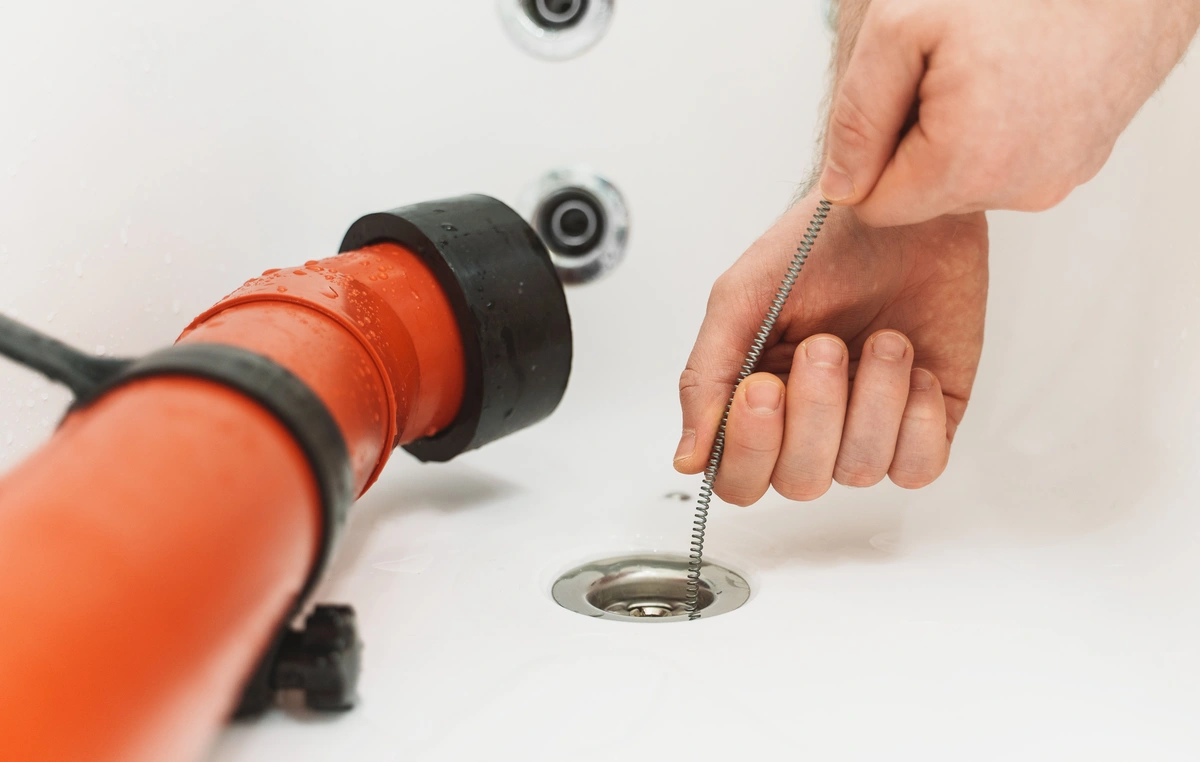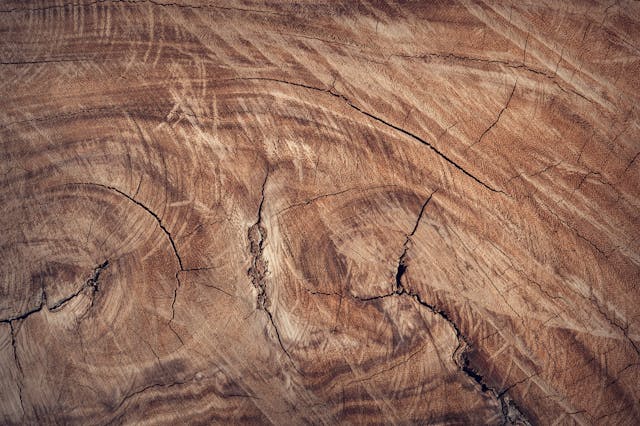Few things are more frustrating than a drain that repeatedly clogs, leaving sinks or tubs backed up. But don’t lose hope – with careful inspection and some simple strategies, drain blockages don’t have to be a recurring problem. This guide will walk through identifying the underlying cause of drain clogs, remedies to try, when more serious measures are needed, and crucial maintenance tips. By taking a preventative approach and addressing the root issue, even persistently clogged drains can begin flowing freely once more.
Identifying the Root Cause of Recurring Clogs
It’s important to figure out why a drain keeps clogging so you can address the underlying issue. According to drain clearing experts, it’s crucial to look past the symptoms and find the root cause. The first step is to remove any existing clog and inspect the drain. Examine what type of material is causing the blockage such as hair, food, or other debris. This can provide clues to what may be wrong upstream. Some common culprits that lead to repeat clogs include damaged or deteriorating pipes, improper pipe pitch causing poor drainage, and excessive amounts of hair, soap scum, or grease entering the drain. Taking the time to diagnosis the problem area is key to choosing the right long-term solution.
Immediate Steps to Unclog a Persistent Drain
When a drain backs up yet again, take immediate steps to clear it while also thinking about prevention. First, remove any remaining clog using a plunger or drain snake. Then, pour 1/2 cup baking soda followed by 1/2 cup white vinegar down the drain. Quickly cover the drain to trap the fizzing mixture, which helps cut through grease and soap scum. Let it sit for 15 minutes before flushing with boiling water. For heavy-duty clogs, try a plunger combined with a drain snake. Work the snake in a twisting motion to break up clogs without damaging pipes. Be patient, as very stubborn blockages may take some time. Once clear, observe what was removed for clues to the root cause.
Common Household Items That Can Clear Clogs
Many kitchen and cleaning cabinet items can do the job of chemically-based drain cleaners when used correctly. Baking soda is abrasive enough to gently scour pipes. Combined with vinegar it produces a fizzing reaction and removes organic material like hair and soap scum. Repeated use maintains cleaner drains. For a more powerful clean, add 1/2 cup salt. Its abrasiveness works hard on clogs. Consider using a store-bought drain snake too. Costing $10-20, it extends your arm to break up clogs further down the line. Hot water works wonders as well. Its heat softens debris for easier flushing. Combining different natural remedies usually does better than any one thing alone. With regular small doses, drains stay clear.
When to Use Chemical Drain Cleaners
For tough, deep clogs that natural remedies can’t budge, a drain cleaner’s extra muscle may be needed. But these harsh chemicals come with risks if not used properly. Drain cleaner pros are that they can dissolve stubborn blockages like grease and hair. They work fast compared to natural options. However, they are also highly corrosive. They can damage pipes and plumbing over time if used excessively. Fumes are toxic too. Only use drain cleaners sparingly and with ventilation. Never combine them with other chemicals like bleach which produces dangerous gases. Stick to natural remedies as a first line of defense instead of making harsh chemicals a habit. Your drains and family’s safety will thank you.
Preventive Measures
The best solution is to avoid clogs in the first place. Collect hair from sinks, showers and tubs with drain strainers or covers after each use. They trap particles before entering pipes. Be mindful of what goes down drains. Don’t pour fats, grease, oils or foods down the garbage disposal or drain. Wipe greasy pots and pans with a paper towel before rinsing. Use drain screens in sink basins to filter particles from water. Pour 1/2 cup baking soda into drains monthly, then 1/2 cup vinegar to dissolve buildup. Run hot water through drains weekly to keep them clear and prevent scum and grime from accumulating. Maintaining drains with these simple measures ensures long-term, hassle-free drainage.
When to Call a Professional Drain Cleaners
While it’s ideal to try natural remedies before resorting to chemicals, there comes a point where tackling a drain problem requires professional skills and tools. Signs it’s time to call a plumber include: any clogs that don’t clear after multiple attempts with a plunger/snake, seeing backed up water elsewhere like in the basement or outside of the house, or hearing strange gurgling or noises from pipes. A plumber can snake and auger stubborn clogs with power tools inaccessible to homeowners. They can also diagnose the source using cameras and catch issues like tree roots, breaks or other structural problems. A plumber’s expertise ensures drains get fully unclogged without causing damage that leads to costly repairs down the road. Their tools and expertise truly get to the root of persistent drainage woes.
How to Maintain Your Drains Long-Term
After identifying and fixing a stubbornly blocked drain, it’s important to maintain proper care long-term. Snaking pipes monthly helps dislodge any potentially troublesome debris before it builds into big clogs. Pouring hot water down floor drains once a week keeps them clear. Inspect p-traps under sinks regularly for debris buildup that can dry out and allow sewer gas in – an unpleasant surprise. Clean garbage disposals regularly by running them with ice cubes to sharpen blades, then baking soda to scrub and deodorize. Consider using drain covers and screens to catch solids and direct them to the trash rather than pipes. Maintaining drains minimizes costly issues down the road. A small investment of time now saves bigger problems and repair bills later. Proper care means drains flow freely for years to come.
Exploring Alternative Solutions
When regular care isn’t enough to curb recurring clogs, alternative products may provide the right solution. Drain covers with rubber stoppers or foam inserts catch hair and solids before they enter pipes. Look for covers compatible with the drain type. Drain screens slip over pick-up assemblies in sink basins, acting as strainers. Mesh filters out food debris that can potentially clog pipes. They’re an affordable preventive investment. For troublesome disposals or laundry drains, consider Installation of inline anti-clog devices. Trapping solids and particles in an easily-removed container, these specialized filters help eliminate blockages at their source. In severe cases where damaged pipes caused blockages, repairs or partial pipe replacement may be necessary. With oversight from a professional plumber, many alternative products provide customized prevention for problem areas.
Closing
When a drain repeatedly clogs, it’s important to carefully inspect, identify the root cause, and take a multi-pronged approach combining natural and mechanical remedies. Maintain clear drains long-term through regular preventive care. Know when professional help is warranted for structural issues. With patience and proper diagnosis, even persistent drainage problems can be solved. The most important things to remember are: inspect drains thoroughly for clues, try natural cleaners before chemicals, and focus on preventive maintenance with pour-downs, sink strainers, and other low-cost hacks. Taking a layered, long-view solution ensures drains flow freely for years to come. With the right tools and care, any drain clogs can become a thing of the past.








